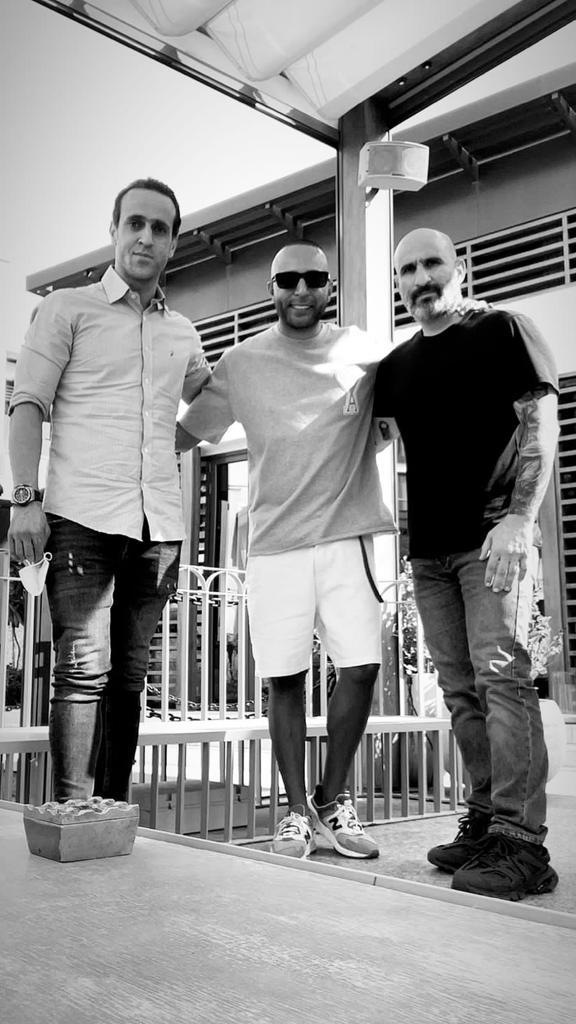The COVID-19 pandemic has affected virtually every segment of society and every aspect of daily life. In addition to dealing with the threat of serious infection, it has brought an absolute halt to many of the normal activities of daily life. However, the impact that these interruptions have had upon individual groups has differed markedly. For some it has meant the loss of discretionary activities such as movies and restaurants. For others it meant loss of job and income. Among the factors responsible for the degree of impact from these disruptions, one of particular importance is the ease with which their effects can be reversed.
In a newspaper article, a retired couple described living in a large house in a secluded neighbourhood where they could take long walks while rarely encountering other individuals, much less crowds. They subscribe to almost every home television service such as Netflix, and already routinely had groceries and other household needs delivered. The disruption of their lives by COVID was minimal, and there is relatively little recovery necessary. Conversely, a musician friend whose job was terminated due to COVID was forced to go on unemployment and drastically reduce spending. Although this clearly was painful, she is sustained by the fact that, when COVID is controlled and live performances restart, she will rapidly resume her prior life. Finally, another acquaintance lost his manager’s job when the restaurant that employed him closed permanently. The interruption to his life is not only immediate, but he will start from scratch with an uncertain future when COVID abates. Clearly, the duration of the disruption will be very different in these cases.
Perhaps nowhere is the impact of an interruption as great as in education or training. The quality educational time lost is both an immediate problem and creates a challenge to recovery. The challenge seems clearly to be related to the level of education at which the disruption occurs. When learning is stopped at a grade school level, particularly low grades, many subsequent years of schooling remain with which to catch up. Upper grades, high school and college provide ample opportunity for rescue. When the interruption occurs during college or graduate schooling, the opportunities for recovery are much less. Often such individuals are facing additional periods of education.
An important additional factor impacting the difficulty in regaining the education lost by an interruption is the nature of the learning underway. If the education is primarily book learning, especially memorization, this should be able to be accomplished anytime and with relatively little oversight. If the instruction involves reasoning and judgment, the ability to master this by a student alone might be more difficult. Finally, learning that involves training and the development of sensory or motor skills is the most challenging for a student to acquire on their own. Of relevance to the readers of Structural Heart, cardiac auscultation, interpreting an echo, implanting a coronary stent, and replacing a heart valve are all skills that require both cognition and dexterity. Proficiency at these procedures is closely related to experience, especially when guided by a talented instructor.
Follow Bashir Memarzadeh Ghafari on Instagram: https://instagram.com/bashir7474?igshid=YmMyMTA2M2Y=

